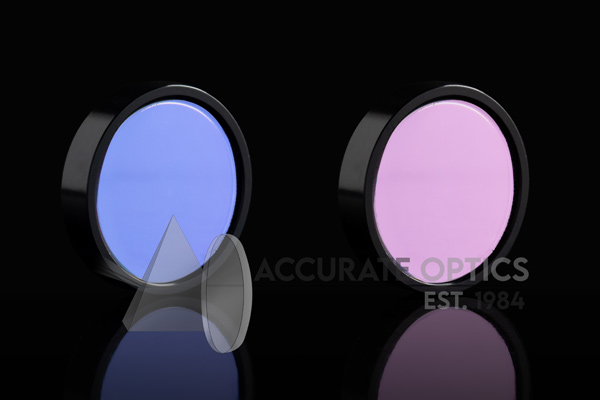Optical Coatings: Diverse Types and Applications
Optical coatings are essential elements that enhance the performance of various optical devices by altering the way they interact with light. These coatings, applied to surfaces like lenses, mirrors, and filters, manipulate light transmission, reflection, and absorption, paving the way for improved efficiency and functionality in a myriad of applications. Let’s delve into the diverse types of optical coatings and their fascinating applications across industries.
Anti-Reflective Coatings (AR Coatings)
Anti-reflective coatings are designed to minimize light reflection on optical surfaces. By reducing reflections, these coatings enhance light transmission through lenses and other optical elements, improving clarity and reducing glare in eyeglasses, camera lenses, and display screens.
Reflective Coatings
Reflective coatings are engineered to enhance light reflection. They are crucial in applications where maximizing reflection, such as in telescope mirrors or laser cavity mirrors, is essential for efficient light collection or amplification.
Dielectric Coatings
Dielectric coatings, composed of thin layers of dielectric materials like oxides or fluorides, are used to selectively transmit or reflect specific wavelengths of light. These coatings are valuable in optical filters, beam splitters, and laser optics due to their ability to control light across a wide spectral range.
Anti-Scratch and Protective Coatings
Optical surfaces are often prone to scratching and abrasion. Anti-scratch coatings provide a protective layer that improves durability and prolongs the lifespan of optical components, ensuring they maintain their optical performance over time.
Hydrophobic and Oleophobic Coatings
These coatings repel water and oil, preventing droplets or smudges from adhering to optical surfaces. Widely used in camera lenses, eyeglasses, and outdoor displays, these coatings maintain optical clarity by repelling moisture and contaminants.
Filter Coatings
Filter coatings are tailored to selectively transmit or block specific wavelengths or colors of light. These coatings find applications in various industries, including photography, spectroscopy, and telecommunications, allowing precise manipulation of light for desired outcomes.
Polarizing Coatings
Polarizing coatings alter the polarization state of light passing through them. They find applications in LCD screens, polarizing filters for cameras, and scientific instruments, controlling the orientation of light for specific purposes.
Broadband and Narrowband Coatings
Broadband coatings cover a wide range of wavelengths, while narrowband coatings are designed for highly specific wavelengths. These coatings are crucial in telecommunications, laser systems, and optical instruments requiring precise control over the spectral range.
Conclusion:
Optical coatings are diverse and versatile, playing pivotal roles in various industries and applications. From improving light transmission and reducing reflections to controlling specific wavelengths, these coatings enable optical devices to perform at their best. As technology advances, innovations in materials and coating techniques continue to expand the possibilities, promising even greater precision and efficiency in the manipulation of light for diverse purposes.








